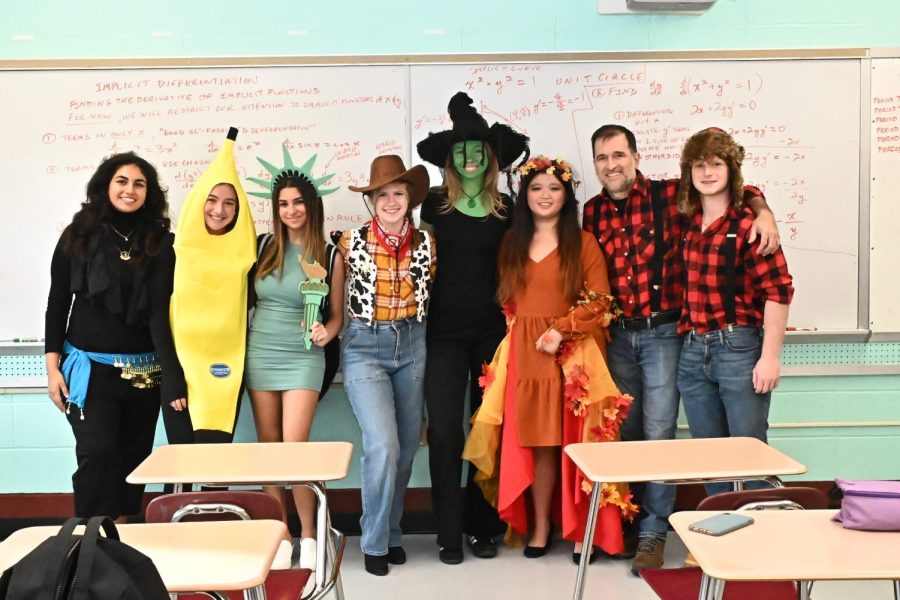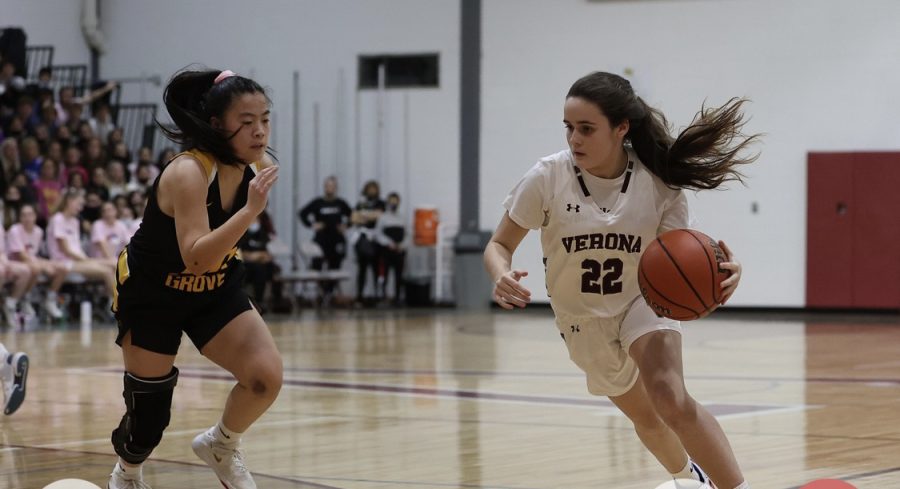A Light Look at AP Season
As the end of April looms over students’ heads they know that time of the year is coming: AP season. AP season is the time when students realize they should have spent their weekends studying their review books instead of going out. It is up to the students to prepare as much as they can, but it also up to the teachers to make sure their students are as prepared as possible. As a senior about to take three AP tests, I have realized that there are different categories for students when it comes to AP preparing.
For students there are five categories: the “all year” preparers, the “rainbow” the preparers, the “stressed” preparers, the “okay me neither” preparers, and the “what day is the exam” preparers.
The “all year” preparers are those students who have had the review book since the first day of school and the date of the exam circled in red on their calendar. All yearers highlight their books as the year goes on and by the time April comes around they do not find themselves at the review sessions. Instead, each night -at least three weeks before the exam- they are studying all of their past notes, doing hundreds of Alberts, and creating detailed quizlets.
Next on the list are the “rainbow” preparers. These students are the ones who sit at their table with their review and five different variations of each colored pen at the ready. There is not one color they do not have, from violet to coral, they are as prepared as one comes. These students are close behind the all yearers, however, they begin their preparations a little later around the beginning of April. Unlike all yearers, rainbowers find themselves at the first couple of review sessions, hoping to learn as much as they can. But as the month goes on they take their studying to their homes where they have access to as many pens as they need. These students are a range of scores depending on the amount of highlighting and studying they do. Most will be guaranteed a four because when they take the exam their thoughts will be multicolored and stand out.
The “stressed” preparers are third on the list. These students might end up studying the most out of any students, but it is the amount of time they give themselves that affects their scores and their mental stability. Studying usually begins about two to three weeks before the exam when they realize they do not know as much as they thought. They use the same tactics as the all yearers and rainbowers, but instead of giving themselves a good amount of time, they find themselves cramming as much information as they can into their brains with five days left to study. These student’s scores range between a 3 and a 4. All of them will most likely get a 3 and have a good chance of earning that 4 they so greatly desire. This is the most popular category, they care about that 4, but they care just a little too late.
The “okay, me neithers” are a group of people who depend on other people not studying either. These students watch as many crash courses as possible and stay up until 3 a.m. the night before the exam. These students care a little less than most, but they still do not want to be the students who score a 1. Okayers get super stressed when they realized that other students have been studying. However, they find comfort in other okayers when they find out they are not the only ones who haven’t studied. “Okay, me neither,” is the response of happiness when they know they are not alone. These students will most likely score a 2 but have the chance of getting a 3 depending on what time they decided to study: midnight or 3 am.
Lastly are the “what day is the exam” students. These students are mostly students who are ready to graduate and do not care at all for the exam. They bubble in random answers, sometimes in the shape of Christmas tree or a squiggly line. These students have checked out and no hope. They are guaranteed a 1.
To the all yearers to the what day is the examer, I wish you the best, from a stressed outer.













